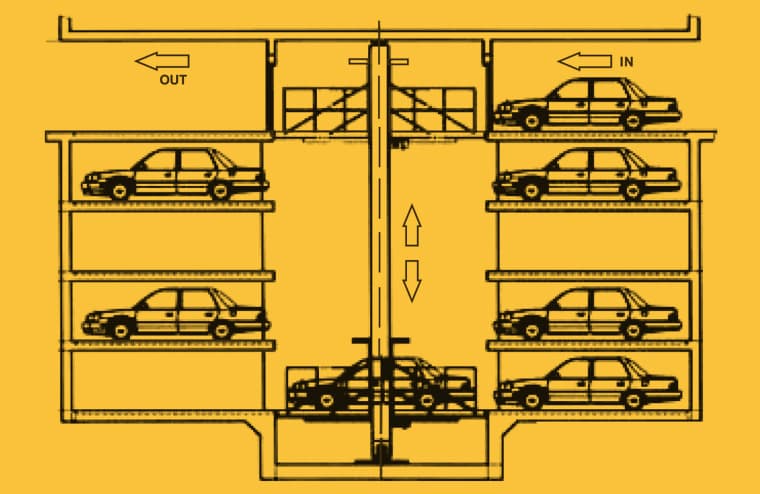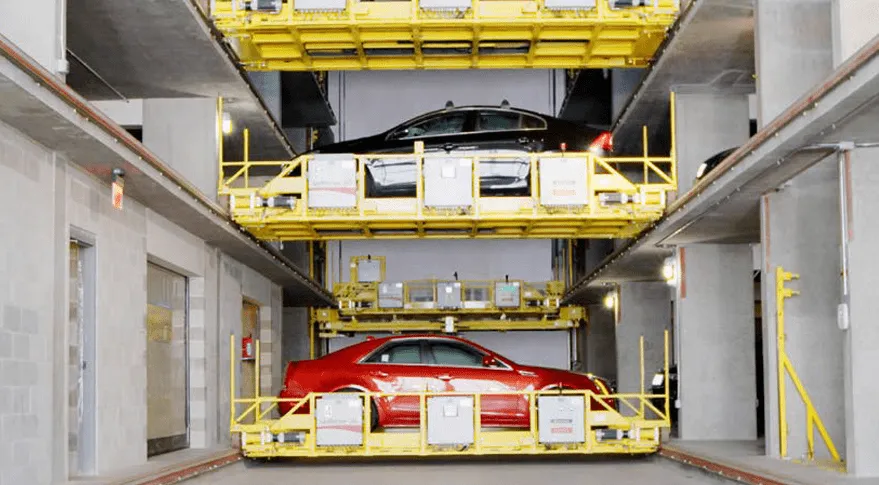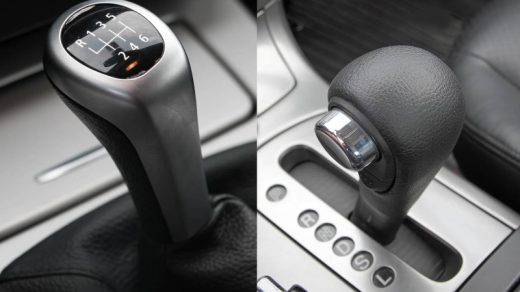An Automated Parking System (APS) refers to a structure in which vehicles are stacked vertically to limit space. These unique systems are designed to help transport vehicles from the entrance to the parking lot without the driver present.
Automated parking systems combine transportation equipment, software technology, and mobile applications for the best user experience. The system consists of a series of electromechanical infrastructure and computer-controlled robots. The conveyor is capable of vertical and horizontal movement and is used to store or retrieve vehicles into available multi-depth parking spaces without human intervention.
How does the automatic parking system work specifically?
Table of Contents
What is an Automatic Parking System
An Automated Parking System (APS) refers to a structure in which vehicles are stacked vertically to limit space. These unique systems are designed to help transport vehicles from the entrance to the parking lot without the driver present. In addition to Automatic Parking Systems (APS), these vertical parking structures have several other names:
- Automatic parking lot
- parking system
- Automated Parking Facility (APF)
- Automated Vehicle Storage and Retrieval System (AVSRS)
- Mechanical parking lot
How Does an Automatic Parking System Work

1. Drive to the automatic parking lot. Automatic parking systems offer complete design flexibility to integrate with any community or project.
2. Drive into a convenient parking lot. Multiple automatic sensors ensure the car is in the correct parking position. Automatic parking systems provide better care and safety for vehicles.
3. Get off and lock the car. There is no need to drive through the garage to find a parking space. Automatic parking systems offer a greater degree of convenience.
4. Remove the parking card from the parking booth and walk away. You can enjoy premium valet parking without valet parking.
5. The automatic parking system does the rest. The car is picked up by computer-controlled machines and lifts that will place it safely on a racking system within the building.
6. Enter the brightly lit and safe lobby on the first floor and put the parking card into the parking booth. Automatic parking systems provide individuals with the highest level of security.
7. The screen shows the exit terminal where the car can be retrieved. Automatic parking systems can quickly deliver cars in 3 minutes or less.
8. The mechanical device of the automatic parking system makes the car drive forward so that it can be safely and conveniently driven out of the garage.
9. Get on the bus at the exit station. There is no need to wander around the garage to retrieve the car.
10. Drive away. The automatic parking system makes parking safe and hassle-free.
What is the Difference Between a Fully-Automated APS and a Semi-Automated APS?
The difference between a fully automatic parking assist system and a semi-automatic automatic parking assist system is whether it requires a parking attendant to drive or guide the vehicle into the machine. The fully automatic parking system does not require an attendant, and the mechanical process of the automatic parking system will transport the vehicle from the starting point of the garage to an empty parking space.
In contrast, mechanical parking systems say semi-autonomous parking systems either require parking personnel to drive the car into the machine or assist in parking once the car reaches a parking space.
In addition, fully automatic parking systems are generally suitable for parking structures that accommodate 100 vehicles or more, while semi-automatic parking systems are suitable for parking structures that accommodate less than 100 vehicles.
Benefits of APS

More cars in a compact area: Auxiliary powertrains are beneficial because they help save space. This is especially true in fully automatic parking systems, where the attendant does not have to stop. This means that each vehicle can be parked closer because no one has to get off.
- Limit construction costs and time: APS limits the time, money, and resources that construction companies typically spend creating a fully functional parking lot. For normal parking lots, construction crews must consider stairwells, sidewalks, exit routes, elevators, and even ceiling heights to accommodate the types of people and vehicles that use the garage’s services. In an automated parking system, stairwells, elevators, or large parking platforms may not be needed, as only parking attendants enter and exit these areas.
- Improve the safety of cars and personal belongings: With its limited space inaccessible to car owners and other pedestrians, APS can prevent damage to vehicles or theft of personal belongings.
- Promotes pedestrian safety: Automated parking systems are also beneficial for pedestrian safety, as drivers and passengers do not have to travel in tight parking lots and there is little space for pedestrians to walk. This can prevent car-pedestrian accidents from happening.
- Reduce harmful emissions: APS can help reduce harmful vehicle smog emissions. In the parking lot, some people drive in circles trying to find a parking space, while in the automatic parking system, the machine guides the car to an empty space (if there is one). Additionally, vehicles are often shut down throughout the process, further limiting emissions.
- People with disabilities are easier to manage: people with disabilities (driver or passenger) can get on and off the level ground and do not have to drive on steep slopes, inclines, or stairwells. Therefore, APS can be extremely beneficial to them.
Disadvantages of APS
- Technical Failures: As with all machinery, automated parking systems can be prone to technical failures that trap vehicles, or prevent any vehicle from entering and using the facility. If parking system owners have to shut down for repairs, they could lose revenue. There may also be technical glitches that cause damage to the vehicle.
- Inability to handle large numbers of customers: Another disadvantage of automated parking systems is the inability to handle large numbers of customers at the same time. For example, a parking system located near a train station or airport can work well because the driver may not be back for a long time. Shopping at a mall or department store is also an example where the driver may not be back in the car all at once. However, parking systems next to stadiums or concert venues can cause problems for customers who have to wait in line for vehicles as large numbers of spectators leave at the same time.
- Lack of staff and inexperienced customers: This may apply to fully automated parking systems with little or no staff. An inexperienced customer may not understand how to use the system, create backups, or create a negative user experience for that customer.
Conclusion
Drivers pulled up to the entrance to the automated parking system, where all passengers disembarked. From here, the vehicle is moved mechanically to an available space, where it is parked automatically or by an attendant.



